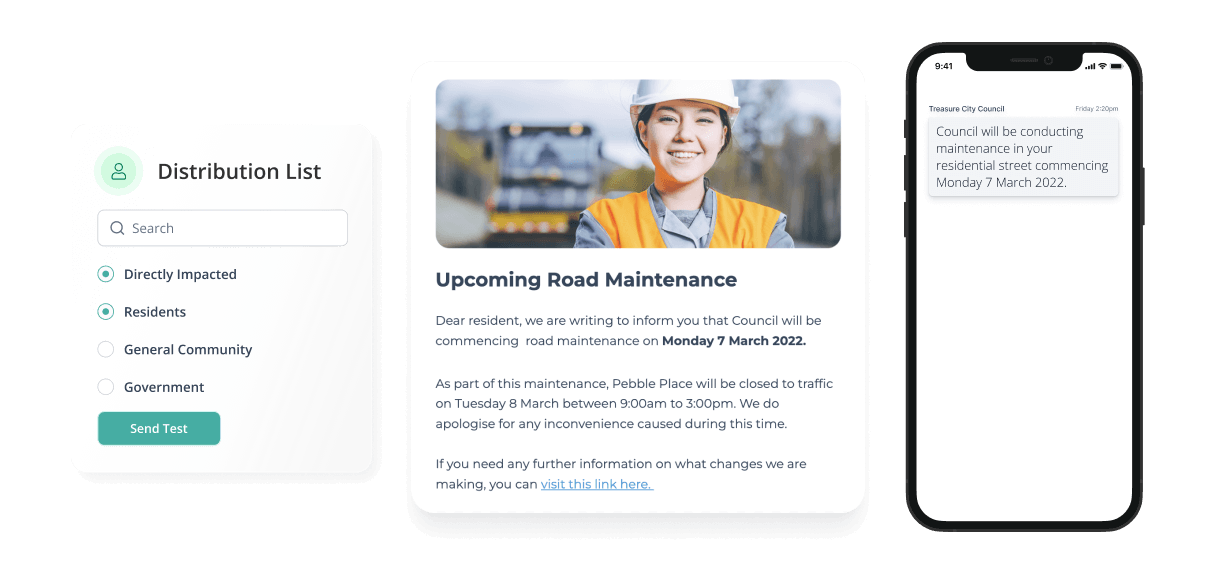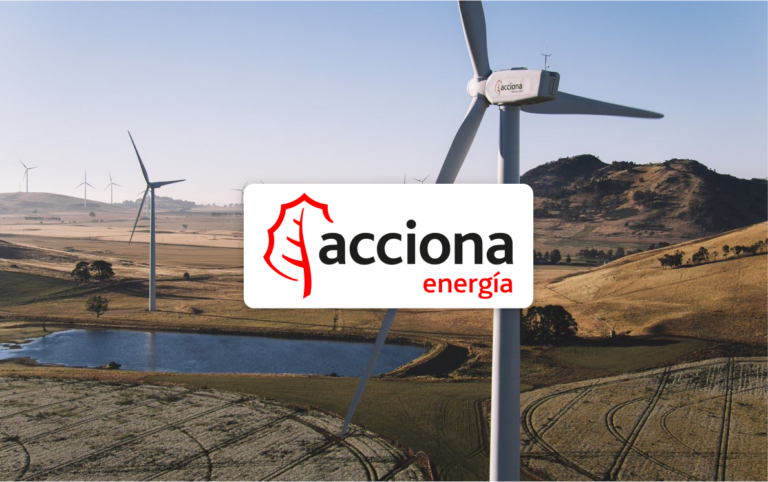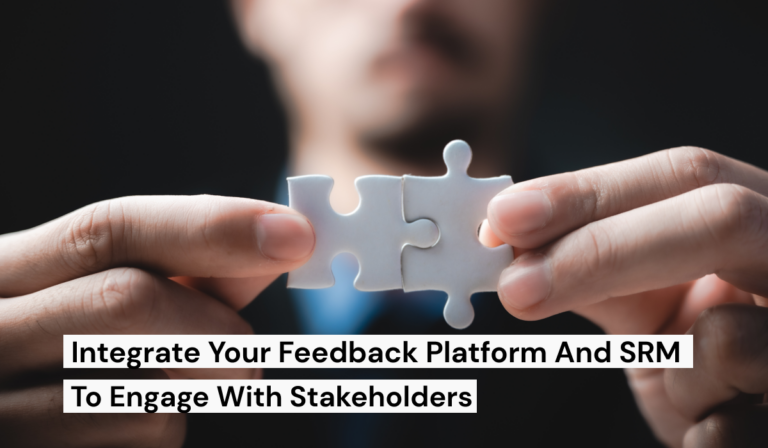Different groups of stakeholders have different priorities. To communicate with them effectively, it’s important to have a strong understanding of their needs and expectations. A stakeholder relationship management platform (SRM) can help you segment your stakeholders based on their requirements and share the right information at the right time with the right people.
To create shared value and maximise collective impact across your stakeholder ecosystem, it’s important to have a communications strategy that brings everyone together. While every stakeholder group needs to be aligned with a common agenda, their priorities will differ. Every stakeholder also has a unique role to play and can provide support in different ways.
To ensure that everyone is working towards mutual objectives in their own way, it’s important to tailor our communications strategy for different stakeholder segments. Whether you’re trying to showcase that you have delivered on your promises, keep stakeholders informed of new developments, or showcase your ability to solve their problems, you will most likely need to communicate different types of information to different types of stakeholders in slightly different ways.
If you have an SRM and data management strategy in place, you’ll be able to segment your stakeholder groups and communicate relevant information to build trust and align everyone towards a common goal.
So, here are three steps to segmenting your stakeholders in your SRM so you can communicate more effectively.
- Segment your stakeholders based on their roles and needs
- Tailor your communications
- Analyse responses across different stakeholder groups

1. Segment your stakeholders based on their roles and needs.
Once you have identified, analysed, and prioritised your stakeholders, you can start organising them into groups. In Consultation Manager, you can create group-based classifications for your stakeholders, such as Government, directly impacted residents, or the general community. These groups may overlap, for example, a member of an environmental group can also be a directly impacted resident. So, make sure that you select all of the appropriate group-based classifications every time you add a new stakeholder to your SRM.
You can also create list-based classifications for recorded interactions with your stakeholders, which are mutually exclusive. For example, you can record the mode of interaction at a point in time (such as a phone call), or the sentiment (positive or negative).
If you record these parameters consistently, you can segment your stakeholders into different groups and send them targeted information. For example, you might want to communicate with ‘directly impacted residents’ with ‘negative sentiment’ in one way, and ‘directly impacted residents’ with ‘positive sentiment’ in another way.

2. Tailor your communications.
Using your SRM, you can segment your stakeholders based on any combination of parameters and then analyse the group’s sentiment and top issues before you communicate. If you have tagged all of your stakeholders according to their classifications and recorded every interaction with a consistent data management approach, you will be able to generate graphs and charts that help you to ‘read the room’ and communicate appropriately.
This approach becomes particularly beneficial when you have a large network of stakeholders and need to communicate with a lot of people at scale. It allows you to frame your intentions and actions in a way that acknowledges the voiced concerns or aspirations of stakeholders even though you don’t have a one-to-one relationship. As a result, you can build trust more effectively, communicate frequently, and showcase your value.
You can also communicate with stakeholders via their preferred method (such as SMS or email) if you have assigned them to a distribution list at the stakeholder record level.
3. Analyse responses across different stakeholder groups.
It’s important to set up a feedback loop so that you understand how stakeholders are responding to your communications throughout your project.
For example, you can set up a weekly report or a dashboard that tracks the sentiment and top issues expressed by various stakeholder groups over time.
When your organisation has those insights, it’s easier to understand the impact that you are having across your stakeholder network and update your communications strategy as required. Demonstrating responsiveness goes a long way in keeping all of your stakeholder groups aligned.
Segment your stakeholders to communicate with relevance.
When you have an effective data management strategy in place, you will have a better insight into the needs, perceptions, and priorities of each stakeholder group. As a result, you’re far more likely to communicate value in a relevant way, generate support, and bring your initiative to life.



